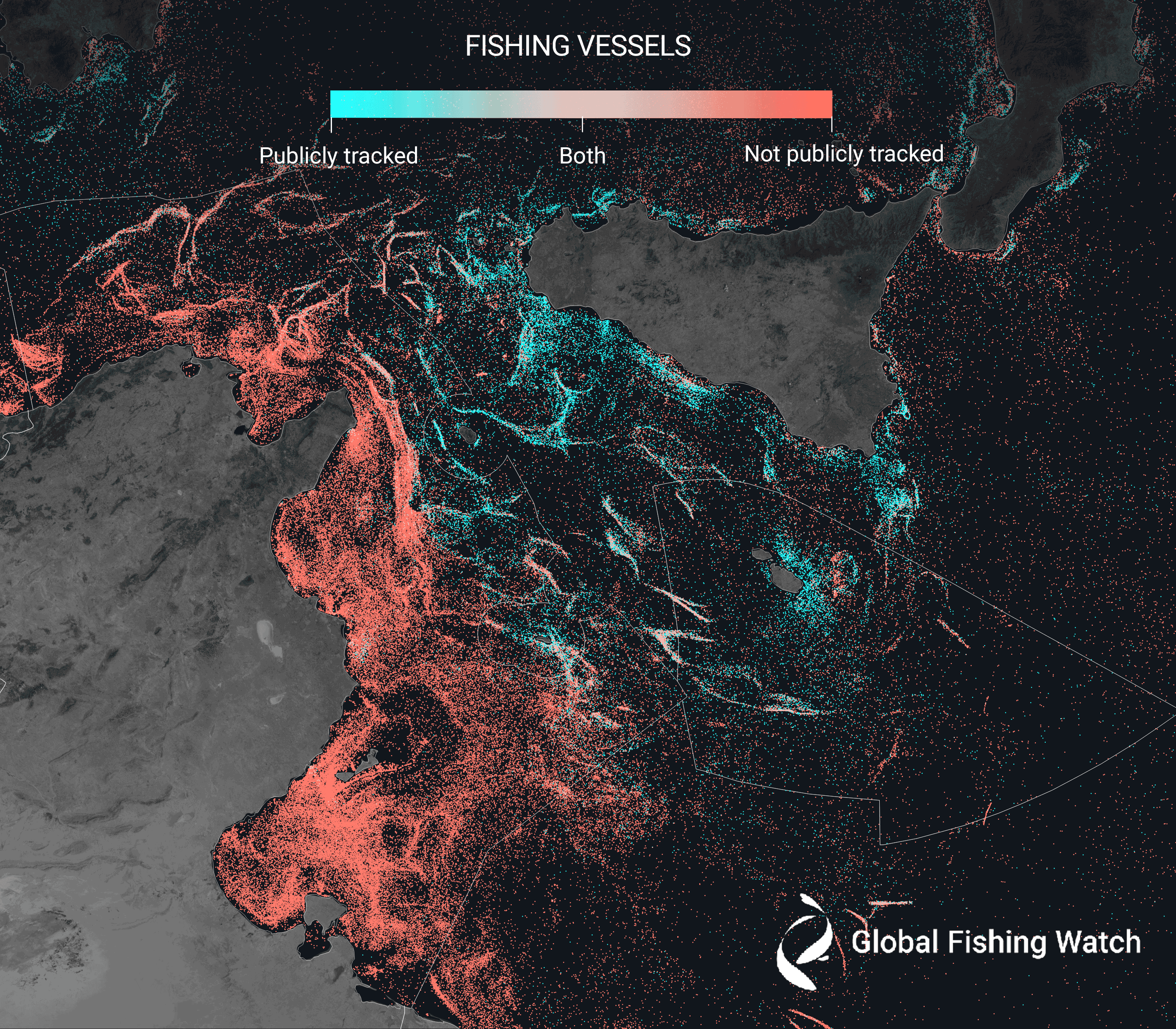DNA From 2,000-Year-Old Skeletons Hints at the Origins of Syphilis
In contrast to a common theory, new findings suggest Columbus-led expeditions may not have transported syphilis to Europe from the Americas, though they cannot disprove the claim with certainty
See the World Through the Eyes of Animals With These Stunning New Videos
By making ultraviolet light accessible to our eyes, a novel camera system reveals how insects, birds and other creatures experience color
Top Harvard Cancer Institute Will Retract Six Studies and Correct 31 More After Photoshop Claims
British biologist and blogger Sholto David alleged that executives at the Dana-Farber Cancer Institute published papers with manipulated data and images
The Largest Dam Removal Project in U.S. History Begins Final Stretch, Welcoming Salmon Home
After being impeded by dams for more than a century, the Klamath River will be restored to its historic channel this year
How Are Tardigrades So 'Indestructible?' Scientists Finally Have an Explanation
The tiny animals nicknamed "water bears" can endure extreme conditions by entering a deep hibernation with a switch at the molecular level, a new study finds
Traps Scented Like Mink Butts Could Be Key to Removing the Invasive Species From the U.K.
A successful eradication trial in East Anglia has raised biologists' hopes for ridding Great Britain of the destructive creatures, which threaten native wildlife
DNA From the Ocean's 'Twilight Zone' Could Lead to New Lifesaving Drugs, Scientists Say
Researchers catalogued the genes of more than 300 million groups of marine bacteria, viruses and fungi in hopes that the database could lead to breakthroughs in medicine, energy and agriculture
These Satellite Maps Reveal Rampant Fishing by Untracked 'Dark Vessels' in the World's Oceans
Using satellite imagery and A.I., a new study finds about 75 percent of industrial fishing is not publicly tracked, and clandestine ships enter marine protected areas
Meet 'Hercules,' the Largest Male Funnel-Web Spider Ever Found
Despite belonging to the most venomous arachnid species on Earth, the spider will be using his bite for good in a program to produce antivenom
Decades-Long Debate on 'Teenage' Tyrannosaur Fossils Takes Another Turn
A new paper adds to evidence suggesting a group of disputed fossils, identified by many scientists as young T. rex, are actually another species
Could A.I. Help Seismologists Predict Major Earthquakes?
The 7.5 magnitude quake in Japan highlights the need for earthquake prediction, a science shedding its "unserious" reputation and inching toward reality
Page 1 of 1
:focal(667x501:668x502)/https://tf-cmsv2-smithsonianmag-media.s3.amazonaws.com/filer_public/4d/1f/4d1fdd79-2e57-47b3-af39-3572757dbad0/387967.jpg)
:focal(730x414:731x415)/https://tf-cmsv2-smithsonianmag-media.s3.amazonaws.com/filer_public/44/8d/448dc0c2-807c-42f8-921e-e4176af4ac27/screenshot_2024-01-25_at_14546_pm.png)
:focal(2831x1887:2832x1888)/https://tf-cmsv2-smithsonianmag-media.s3.amazonaws.com/filer_public/79/af/79af5cc8-8fba-4ccf-a2ef-1741699112b2/gettyimages-1914769828.jpg)
:focal(512x302:513x303)/https://tf-cmsv2-smithsonianmag-media.s3.amazonaws.com/filer_public/8f/f9/8ff95fbe-ef72-40fa-b9ae-f675111e514e/gettyimages-1712260626.jpg)
:focal(1061x707:1062x708)/https://tf-cmsv2-smithsonianmag-media.s3.amazonaws.com/filer_public/08/8a/088a219f-a9a0-4df3-9bb0-1bc3a9d6ebee/gettyimages-1155265547.jpg)
:focal(1500x1014:1501x1015)/https://tf-cmsv2-smithsonianmag-media.s3.amazonaws.com/filer_public/73/91/7391be3e-5fa7-43b0-bf28-a07d30699062/american_mink_1.jpg)
:focal(1061x707:1062x708)/https://tf-cmsv2-smithsonianmag-media.s3.amazonaws.com/filer_public/90/26/9026ff8a-369d-48b7-b186-60f65ebccc60/gettyimages-988823298.jpg)

:focal(541x614:542x615)/https://tf-cmsv2-smithsonianmag-media.s3.amazonaws.com/filer_public/eb/51/eb51a5d1-1a77-4ee0-8f59-9eadb11eafc5/spider.jpeg)
:focal(350x230:351x231)/https://tf-cmsv2-smithsonianmag-media.s3.amazonaws.com/filer_public/fd/0b/fd0b31c6-07df-4c2b-b236-0bf9409effe2/low-res_nanotyrannus_versus_baby_t_rex_reduced.jpg)
:focal(1792x1195:1793x1196)/https://tf-cmsv2-smithsonianmag-media.s3.amazonaws.com/filer_public/63/f3/63f3c86f-7658-46f8-9156-6f2f2c5c2fec/gettyimages-1893315593.jpg)